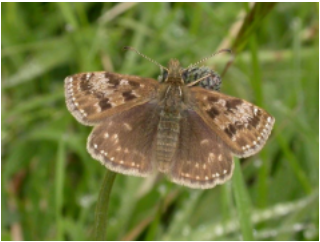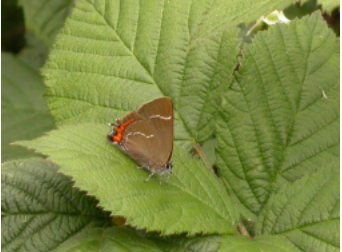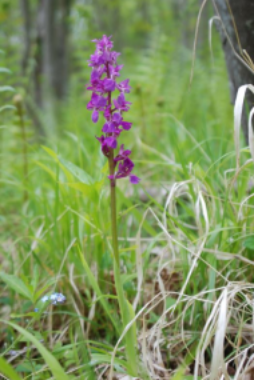Following the UK’s exit from the EU, the UK Government committed to maintain its focus on environmental protection in its various forms. This led ultimately to the Environment Act, which passed onto UK law on November 9, 2021. This act covers a range of themes which include halting species decline and enhancing our natural environment.
Central to the aim of enhancing our natural environment is the concept of Biodiversity Net Gain (BNG) which is due to be mandatory from November 2023. This relates to planned development activity, such as plant construction or deconstruction, and requires that any such development achieves a 10% uplift in biodiversity value, compared to the pre- development period, using a calculated metric to measure this objectively. This process therefore involves identification of habitat creation/enhancement projects which satisfy the BNG needs for the development of a site. Discussions have taken place during 2021 to educate ICL Boulby about this new process and how it might link with the Site Biodiversity Action Plan (BAP). INCA undertook some initial investigations of largely agricultural land around the site in the Spring of 2021, in this respect.
The concept of BNG will undoubtedly help to reverse biodiversity loss locally, but one drawback of the process is that it applies only to habitats and not to individual species. Whilst enhanced habitats will undoubtedly benefit some species, other species have more specialized requirements which might not necessarily be met. It’s therefore important to recognize that the Site BAP remains a significant mechanism in highlighting the importance of key species on the site, and to target measures to retain the habitats that support them in good condition. Indeed, the Site BAP continues to show benefits for a variety of specialized flora and fauna, irrespective of the formal Net Gain process, ranging from butterflies, to orchids, to nesting birds and important grassland mammals such as Brown Hare. The plan therefore remains an important facet in demonstrating ICL Boulby’s commitment to the environment as well as contributing significantly to the recovery of biodiversity in our sub-region.








